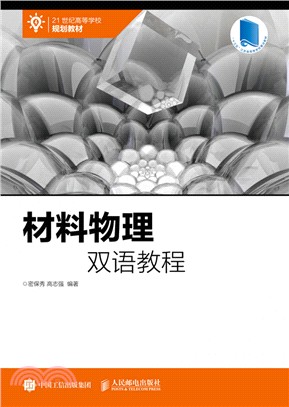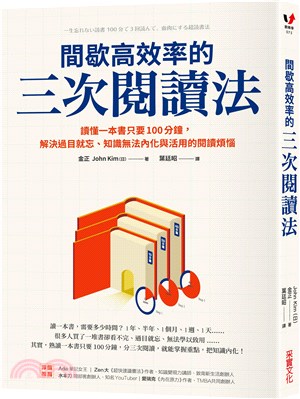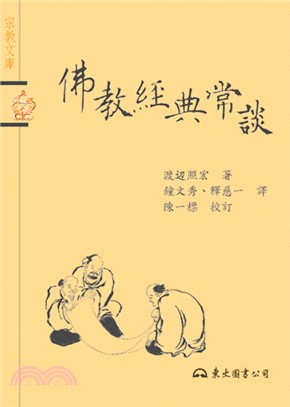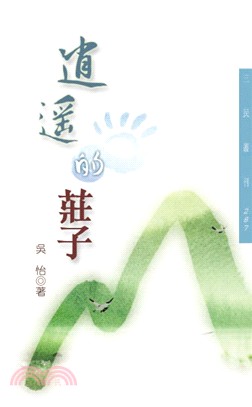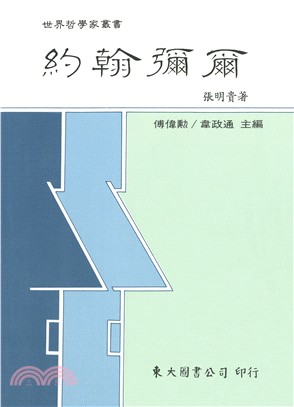商品簡介
作者簡介
名人/編輯推薦
目次
1.1 Definition of Material 2
1.2 Family of Materials 3
1.3 Brief History of Material Development 3
1.4 Material Physics and Other Related Science 7
1.5 Importance of Material Science 9
Vocabulary 10
Problems 13
Chapter 2 Basic Structure and Organization of Atoms in a Material 15
2.1 Bonding Modes Among Atoms 16
2.2 Crystal Structure 21
2.2.1 Unit Cells, Space Lattices and Lattice Point 22
2.2.2 Crystal Systems 26
2.2.3 Representative Parameters for Crystal Systems 30
2.2.4 Crystal Structures of Metals and Organic Materials 36
2.3 Crystal Defects 39
2.4 Nanocrystalline Structures 45
2.5 Amorphous Structures 46
Vocabulary 49
Problems 51
Chapter 3 Fundamentals of Electron Theory 53
3.1 Introduction 54
3.2 Wave Particle Duality and Quantum Mechanics 54
3.3 Wave Function and Schr?dinger Equation 58
3.4 Classical and Quantum Statistics 62
3.5 Free Electron Theory of Metals 65
3.6 Band Theory of Solids 79
3.6.1 Schr?dinger Equation and Its Solution Under near Free Electron Approximation 79
3.6.2 Bandgap 80
3.6.3 Interpretation of Conductivity 82
3.6.4 Brillouin Zone Under Near Free Electron Approximate 84
3.6.5 State Density under Band Theory 85
3.6.6 Effective Electron Mass as a Function of k 86
Vocabulary 88
Problems 90
Chapter 4 Solid State Phase Transformation 93
4.1 Concepts 94
4.2 Features of Solid State Phase Transformation 99
4.2.1 General Procedure 99
4.2.2 Phase Interface 99
4.2.3 Orientation Relationship 100
4.2.4 Habit Plane 100
4.2.5 Strain Energy 101
4.2.6 Influence of Defects 102
4.2.7 Atom Diffusion 102
4.3 Classification of Solid State Phase Transformation 103
4.3.1 Classification Based on Thermodynamics 103
4.3.2 Classification Based on Atomic Diffusion 105
4.4 Polycrystalline Transformation 105
4.5 Eutectoid Transformation 108
4.5.1 Thermodynamics of Eutectoid Transformation 108
4.5.2 Processes in Eutectoid Transformation 109
4.5.3 Dynamic Characteristics: TTT Curve 112
4.6 Austenite–Martensite Transformation 112
4.6.1 Historical Remark 112
4.6.2 Features of Martensitic Transformation 113
4.6.3 Dynamic Process 115
4.6.4 Shapes of Martensite 118
4.6.5 The Mechanism of Martensite Formation 119
4.6.6 Thermoelastic Martensite and Shape Memory Effect 121
4.7 Glass Transition 123
Vocabulary 126
Problems 128
Chapter 5 Mechanical Properties 131
5.1 Significance of Material Mechanical Properties 132
5.2 Basic Concepts in Mechanics 133
5.3 Elastic Deformation 146
5.4 Plastic Deformation 147
5.5 Creep and Stress Relaxation 156
5.6 Fracture and Fatigue 159
Vocabulary 162
Problems 164
Chapter 6 Electrical Properties 165
6.1 Basic Concepts for Electricity 166
6.1.1 Ohm’s Law 166
6.1.2 Conductivity 167
6.1.3 Mean Free Path 169
6.1.4 Materials with Different Electrical Properties 169
6.2 Conductor 171
6.2.1 Metal Conductor 171
6.2.2 Transparent Conducting Oxide (TCO) 179
6.3 Semiconductor 182
6.3.1 Inorganic Semiconductor 183
6.3.2 Organic Semiconductor 197
6.3.3 Application of Semiconductor 201
6.4 Superconductor 206
6.4.1 Phenomenon and Definition 206
6.4.2 Meissner Effect 209
6.4.3 Critical Magnetic Field 211
6.4.4 Critical Current Density (JC) 212
6.4.5 Thermal Dynamic Features 213
6.4.6 Classification of Superconductor 218
6.4.7 Theory about Superconducting 220
6.4.8 Tunnelling/Josephson Effect 225
6.4.9 Applications of Superconductor 228
6.5 Dielectric Material 232
6.5.1 What is Dielectric Material 232
6.5.2 Characterization 233
6.5.3 Polarization Mechanism 235
6.5.4 Complex Dielectric Constant and Dielectric Loss 240
6.5.5 Dielectric Breakdown 245
6.6 Thermoelectricity of Material 247
6.6.1 Thermoelectric Potential and Absolute Thermoelectric Coefficient 247
6.6.2 Classification 248
6.6.3 Applications 249
Vocabulary 254
Problems 259
Chapter 7 Magnetic Properties 263
7.1 Introduction 264
7.2 Characterization and Principles for Magnetism 265
7.2.1 Magnetic Field Intensity and Magnetic Force—Macroscopic Approach 265
7.2.2 Magnetic Dipole, Magnetic Moment and Magnetization—Microscopic Approach 266
7.2.3 Magnetic Inductance, Permeability and Magnetic Susceptibility 272
7.2.4 Magnetism Classification 274
7.3 Features of Ferromagnetic Materials 284
7.3.1 Curie Point 284
7.3.2 Order–Disorder Transformations 285
7.3.3 Magnetic Domain 286
7.3.4 Features of Ferromagnetic Materials in Magnetic Fields 288
7.4 Functional Magnetic Materials 292
Vocabulary 298
Problems 299
Chapter 8 Optical Properties 301
8.1 Light 302
8.1.1 History of Optical Science 302
8.1.2 Light Wave-Electromagnetic Wave 304
8.2 Interaction of Light with Materials 306
8.2.1 Macro Phenomena 306
8.2.2 Mechanisms 307
8.3 Optical Property of Materials 324
8.3.1 Metals 324
8.3.2 Nonmetals 325
8.4 Applications of Optical Materials 334
8.4.1 Optical Fibers in Communications 334
8.4.2 Plastic Optics 338
8.4.3 Luminescent Materials (Inorganic Only) 346
Vocabulary 348
Problems 349
Chapter 9 Thermal Properties 351
9.1 Heat Capacity 352
9.1.1 Definition 352
9.1.2 Classical Model (Dulong-Petit Law) 353
9.1.3 Einstein Model 355
9.1.4 Debye Model 358
9.1.5 Comparison of Models 362
9.1.6 Heat Capacity in Real Materials 364
9.2 Thermal Conductivity 365
9.2.1 Thermal Conductivity and Thermal Diffusivity 365
9.2.2 Mechanism for Heat Conduction 367
9.2.3 Thermal Conduction in Real Materials 371
9.3 Thermal Expansion 377
9.3.1 Length and Volume Thermal Expansions 377
9.3.2 Theory for Thermal Expansion 379
9.3.3 Thermal Expansion and Heat Capacity 381
9.3.4 Thermal Expansion and Melting Point 382
9.4 Thermal Stability and Thermal Shock 382
Vocabulary 385
Problems 386
參考文獻 388
主題書展
更多主題書展
更多書展本週66折
您曾經瀏覽過的商品
購物須知
大陸出版品因裝訂品質及貨運條件與台灣出版品落差甚大,除封面破損、內頁脫落等較嚴重的狀態,其餘商品將正常出貨。
特別提醒:部分書籍附贈之內容(如音頻mp3或影片dvd等)已無實體光碟提供,需以QR CODE 連結至當地網站註冊“並通過驗證程序”,方可下載使用。
無現貨庫存之簡體書,將向海外調貨:
海外有庫存之書籍,等候約45個工作天;
海外無庫存之書籍,平均作業時間約60個工作天,然不保證確定可調到貨,尚請見諒。
為了保護您的權益,「三民網路書店」提供會員七日商品鑑賞期(收到商品為起始日)。
若要辦理退貨,請在商品鑑賞期內寄回,且商品必須是全新狀態與完整包裝(商品、附件、發票、隨貨贈品等)否則恕不接受退貨。




